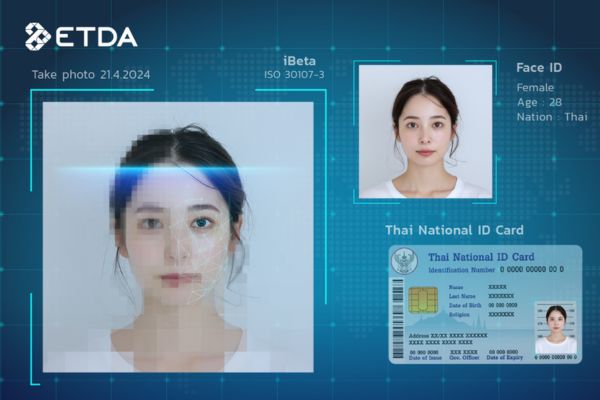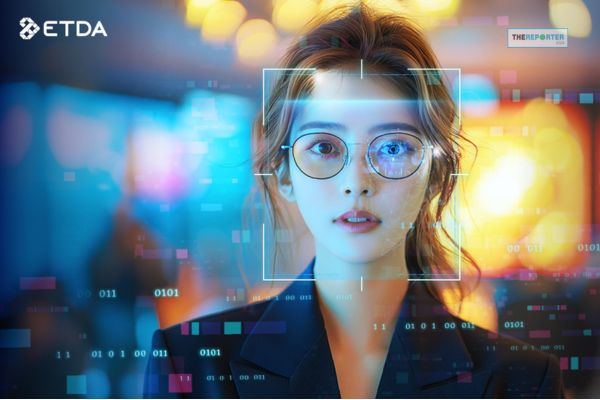In the age of increasingly sophisticated AI Deepfake technology, the once futuristic concept of facial scans for high-security access has become a reality. We now use facial recognition for everyday online transactions, especially in mobile banking. However, this convenience has also opened the door for cybercriminals to exploit vulnerabilities and steal money, as highlighted in recent news. This raises the question: Is facial recognition truly secure?
- – ETDA Promotes Ethical AI Use in Thailand, Balancing Risks and Opportunities for Businesses
- – Thai Higher Education Institutions Shine on the Global Stage for Sustainability
The Electronic Transactions Development Agency (ETDA) of Thailand, which promotes digital identity (Digital ID) for secure online transactions, recently hosted a discussion on the reliability of Digital ID, particularly facial recognition.Experts from ThaID, NDID, academia, and ETDA addressed concerns about security and provided guidance on how to avoid becoming a victim of fraud.
Understanding Digital ID
Just as a national ID card verifies identity offline, Digital ID serves the same purpose online. It allows us to securely access various services from both the government and private sectors. Digital ID comes in various forms, including usernames and passwords, one-time passwords (OTP), and biometrics like iris scans, fingerprints, and facial recognition.The use of Digital ID is growing in Thailand, with significant increases in ThaID and NDID registrations.

Facial Recognition: A Popular Verification Method
Facial recognition (Face Verification Service or FVS) is a popular method used by many service providers and app developers due to its convenience and speed. It enhances security when used alongside passwords and OTPs, especially for financial transactions. While facial recognition aims to increase trust, concerns have arisen about the potential for fraudsters to use photos or videos instead of real faces.
Experts from ThaID assured that their registration process involves multiple checks to ensure the scanned face is genuine,adhering to international standards. NDID, the financial sector’s identity verification provider, also employs stringent verification methods.
Is Facial Recognition Safe in the Era of AI Deepfake?
The rise of AI Deepfake, which can convincingly replicate faces and voices, has raised doubts about the security of facial recognition. However, experts emphasized that while Deepfake poses a threat, facial recognition remains relatively secure. It’s crucial to note that facial recognition is just one component of a multi-factor authentication process. No online transaction relies solely on facial recognition; it’s always used in conjunction with other factors like mobile banking apps,registered devices, and passwords/PINs.
4 Steps to Securely Use Facial Recognition for Digital ID
To ensure the secure use of Digital ID, especially with facial recognition, follow these steps:
- Protect Your Information: Never share your passwords or PINs with anyone.
- Be Cautious with App Downloads: Don’t download apps from unknown sources or at the request of suspicious individuals.
- Use Facial Recognition Wisely: Limit its use to important transactions and trusted applications.
- Stay Alert: Be wary of scams that try to scare you into making hasty decisions.
#DigitalID #FacialRecognition #Cybersecurity #Deepfake #OnlineSafety #Thailand #ETDA






